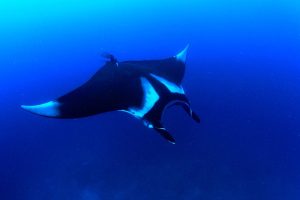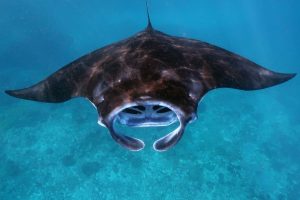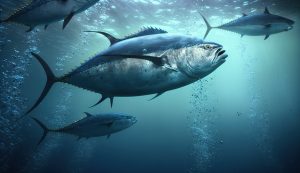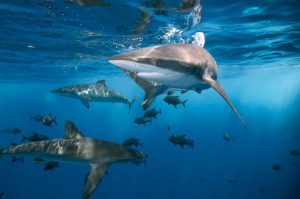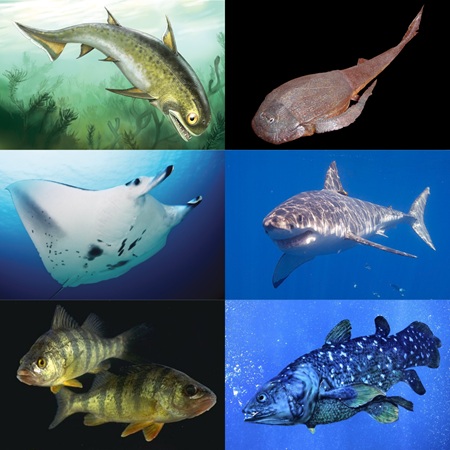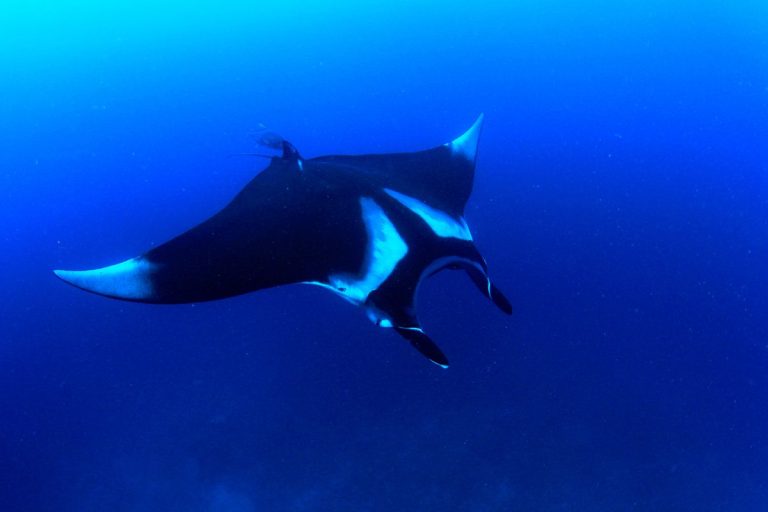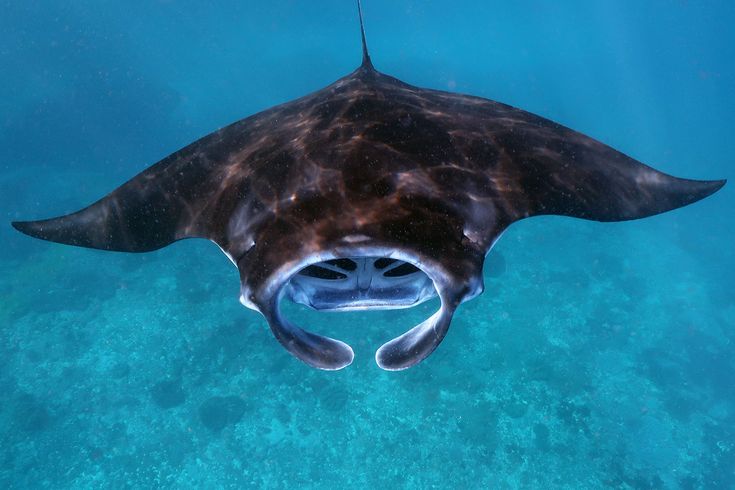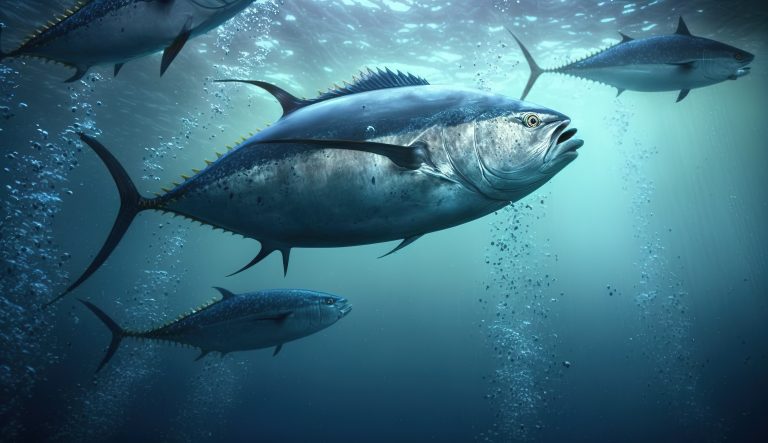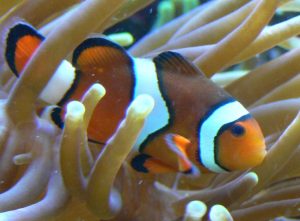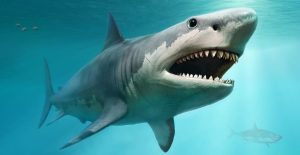The marine environment is home to a vast diversity of fish species, each playing a vital role in maintaining the health and balance of ocean ecosystems. Among these species is the Ikan Giru, a fish that holds ecological, economic, and cultural significance in various coastal regions. Known for its unique physical features and distinctive behaviors, Ikan Giru inhabits specific marine habitats that support its lifecycle. This article provides a comprehensive overview of Ikan Giru, exploring its physical characteristics, distribution, behavior, diet, reproductive habits, conservation challenges, ecological role, research methods, and importance to local communities.
Introduction to the Ikan Giru and Its Marine Habitat
Ikan Giru is a marine fish species predominantly found in tropical and subtropical waters. It typically inhabits coastal areas, including coral reefs, rocky substrates, and seagrass beds, where it finds shelter and abundant food sources. These habitats offer the necessary conditions for Ikan Giru to thrive, including suitable temperature ranges, salinity levels, and structural complexity. The species is often associated with shallow waters but can sometimes be found at greater depths depending on regional environmental factors. Its presence indicates healthy marine ecosystems, as Ikan Giru relies on a diverse array of other marine organisms for sustenance. The species plays an integral role in the local biodiversity, contributing to the complex food webs that sustain ocean life.
Physical Characteristics and Distinctive Features of Ikan Giru
Ikan Giru is characterized by its streamlined body, which facilitates swift movements through the water. Its coloration varies but generally includes shades of silver, blue, or green, often with iridescent qualities that shimmer under sunlight. The fish has a prominent dorsal fin and well-developed pectoral fins that aid in navigation and stability. One distinctive feature of Ikan Giru is its elongated snout and sharp teeth, which are adapted for catching prey. The species typically reaches a moderate size, growing up to approximately 30 centimeters in length. Its scales are smooth, and it possesses a lateral line system that detects vibrations and movements in the surrounding water. These physical traits enable Ikan Giru to effectively hunt, evade predators, and navigate its complex habitat.
Distribution and Common Regions Where Ikan Giru Are Found
The distribution of Ikan Giru spans several regions in the Indo-Pacific, including coastal waters of Southeast Asia, northern Australia, and parts of the Pacific Islands. It is most commonly observed in areas with rich coral reefs and rocky outcrops, where the structural complexity provides shelter and feeding opportunities. In Indonesia, Malaysia, and the Philippines, Ikan Giru is frequently encountered by local fishermen and divers. Its presence is also noted along the northern coasts of Australia and in certain island nations within the Pacific. The species tends to favor shallow waters, typically less than 50 meters deep, though it can occasionally be found at greater depths. Its distribution pattern is influenced by water temperature, salinity, and the availability of prey, making it a key species in tropical marine ecosystems.
Behavior and Activity Patterns of Ikan Giru in the Wild
Ikan Giru exhibits active daytime behavior, often engaging in foraging and territorial patrols during daylight hours. It is a territorial species, frequently establishing and defending specific areas within its habitat. The fish is known for its agile swimming style, utilizing rapid bursts of speed to capture prey or avoid predators. It tends to form small schools or remain solitary, depending on environmental conditions and life stage. During the night, Ikan Giru generally becomes less active and seeks shelter among coral crevices or rocky substrates. Its activity patterns are influenced by factors such as water temperature, prey availability, and predation risk. The species displays a combination of cautious exploration and aggressive territorial defense, which are vital for its survival in the competitive marine environment.
Diet and Feeding Habits of the Ikan Giru Species
Ikan Giru primarily feeds on smaller fish, crustaceans, and various invertebrates found within its habitat. Its sharp teeth and swift swimming capabilities make it an effective predator of juvenile fish and mobile invertebrates. The species employs active hunting strategies, often stalking prey and ambushing it with rapid strikes. It is also known to scavenge when opportunities arise, feeding on carrion or discarded food particles. Its diet composition can vary based on the local availability of prey items, and it plays an important role in controlling populations of smaller marine organisms. Feeding occurs mainly during daylight hours, aligning with its diurnal activity pattern, and the fish’s feeding habits contribute to the overall health and balance of the reef ecosystem.
Reproductive Cycle and Mating Practices of Ikan Giru
The reproductive cycle of Ikan Giru involves seasonal spawning, which is often triggered by environmental cues such as water temperature and lunar cycles. During spawning periods, males and females gather in specific areas to mate, with males competing for access to females through displays of dominance and territorial behaviors. Fertilization is external, with females releasing eggs into the water column where they are fertilized by males. The eggs are pelagic, drifting with the currents until hatching occurs. The larvae are planktonic, drifting with the ocean currents for several weeks before settling onto suitable habitats as juvenile fish. This reproductive strategy allows for wide dispersal and colonization of new areas, contributing to the species’ distribution. The reproductive success of Ikan Giru depends on environmental stability and the availability of suitable spawning grounds.
Conservation Status and Challenges Facing Ikan Giru Populations
Currently, Ikan Giru faces various conservation challenges, including overfishing, habitat destruction, and pollution. Its popularity among local fisheries can lead to overharvesting, especially in regions where it is a targeted species for food markets. Coastal development, coral reef degradation, and destructive fishing practices threaten its natural habitats, reducing available shelter and breeding grounds. Pollution from agricultural runoff, plastics, and chemical contaminants further jeopardizes its populations by degrading water quality. Climate change also impacts Ikan Giru by altering water temperatures and ocean chemistry, which can affect reproductive cycles and prey availability. Although not yet classified as endangered, the species’ populations are vulnerable to these cumulative threats, necessitating sustainable management practices and habitat conservation efforts.
The Role of Ikan Giru in Marine Ecosystems and Food Chains
Ikan Giru plays a crucial role in maintaining the balance of marine ecosystems as both predator and prey. As a predator, it helps regulate populations of smaller fish and invertebrates, preventing overpopulation and supporting biodiversity. Its feeding activities contribute to the transfer of energy within the food chain, linking lower trophic levels like crustaceans to larger predatory species that hunt Ikan Giru. The fish itself serves as prey for larger marine predators, including larger fish, sharks, and marine mammals. This interconnectedness underscores its importance in sustaining healthy, resilient reef systems and coastal habitats. By participating in nutrient cycling and energy transfer, Ikan Giru supports the overall productivity and stability of its ecosystem.
Methods Used by Researchers to Study Ikan Giru Behavior
Researchers employ a variety of methods to study Ikan Giru’s behavior, distribution, and ecology. Underwater visual censuses and diver surveys are common techniques for observing individuals in their natural habitats. Tagging and tracking devices, such as acoustic or electronic tags, allow scientists to monitor movement patterns, territorial ranges, and migration behaviors over time. Remote sensing technologies, including underwater cameras and sonar imaging, provide additional insights into habitat use and activity levels. Laboratory analyses of collected specimens help determine diet, reproductive status, and physiological traits. Additionally, genetic studies are conducted to understand population structure and gene flow among different regions. These combined approaches enable a comprehensive understanding of Ikan Giru’s ecological role and inform conservation strategies.
Importance of Ikan Giru for Local Fisheries and Communities
Ikan Giru holds significant economic value for local fishing communities in regions where it is abundant. It is a source of protein and income, supporting livelihoods through small-scale and commercial fisheries. Its presence also attracts divers and eco-tourists interested in observing diverse marine life, contributing to the local tourism industry. In some cultures, Ikan Giru is part of traditional culinary practices and local customs. Sustainable harvesting practices are essential to ensure the long-term availability of this species, balancing ecological health with economic needs. Moreover, the species serves as an indicator of reef health, guiding conservation and management efforts. Recognizing its importance, local communities and policymakers are increasingly engaged in initiatives to protect Ikan Giru and its habitat, fostering sustainable coexistence between humans and marine ecosystems.
Ikan Giru is a fascinating and ecologically vital marine fish species that exemplifies the complexity and interconnectedness of ocean life. Its physical adaptations, behavioral patterns, and role within the ecosystem highlight the importance of conserving marine biodiversity. Addressing the challenges faced by Ikan Giru requires collaborative efforts among scientists, local communities, and policymakers to promote sustainable practices and habitat protection. By understanding and valuing this species, we can ensure that future generations continue to enjoy the rich diversity of our oceans and the vital services they provide.

